Like farmer, like son
A conservation-minded farmer looks to permanently protect his land in the Shenandoah Valley
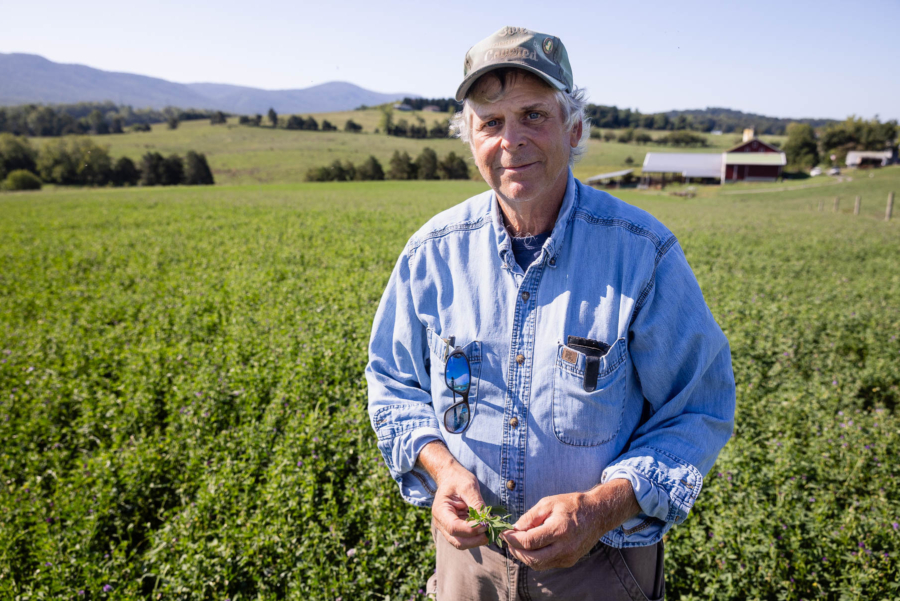
If you ask Mike Phillips how he got through back-to-back droughts in 2023 and 2024 as a farmer in the Shenandoah Valley, he’ll hold up his hand and wiggle five fingers.
For each finger, Phillips can name a year when his family faced a similar drought. With landowners on both sides of his family, Phillips had access to over 100 years of agricultural wisdom growing up that he was keen to learn from.
“When I was a young boy, I didn’t have anyone my age around here, so I hung around my grandmothers, and they talked about the Dust Bowl... I paid attention to it.”
As someone who practices rotational grazing, Phillips lets his cattle eat grasses and other vegetation on the pasture one section at a time, moving on to new sections when those start to get low. This way there’s always enough ground cover to protect the soil from washing away during a heavy rain (or in the case of the Dust Bowl, blowing away and stirring up devastating dust storms).
When it became clear that there would be a drought in 2024, Phillips was even more cautious about the number of cows he let graze on a parcel of land. Other farmers who weren’t as cautious saw their pastures dry up and were forced to buy hay to feed cows. But according to Phillips, he was one of the few who never had to resort to hay, and his pasture stayed relatively healthy all summer long.
“It’s about stock density—keeping the number [of cattle] down—and then keeping the grass vegetative and resting,” Phillips said.
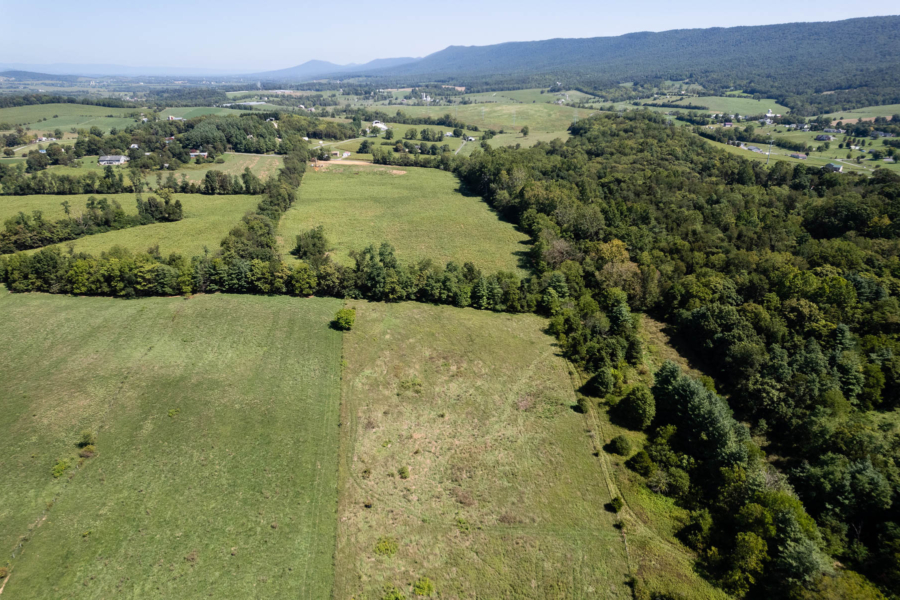
Lessons on farming and conservation have been hard earned within the Phillips family. His father hated to see bare soil run off the land but had a difficult time controlling it. He was handed down land that had been heavily tilled by his own father and grandfather, leaving ditches where nothing grew overtop, including one that was so wide and deep that you had to walk around it.
“He spent his whole life trying to fill in those ditches,” Phillips said.
Over the years, Phillips and his father got the erosion issue under control. Phillips convinced his dad to stop tilling the land after the crops were harvested, which helped to keep the soil from eroding and improved that soil quality. Next, they installed watering troughs that the cattle could drink from instead of going in and out of the stream and eroding the banks. This also kept cows from defecating in the stream which increases nutrient levels in the water.
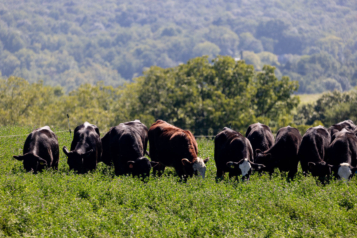
Little by little, the family transformed its farm from heavily tilled fields that were prone to drying up to acres of vibrant, hilly pastures and biodiverse crops. Phillips and his wife own a second farm across the street which he also uses for grazing and growing crops. On both properties, Phillips innovates ways to improve soil quality, keep his cattle healthy and reduce runoff—all while turning a profit.
Kevin Tate, who works with Phillips through the Alliance for the Shenandoah Valley, says that Phillips is developing a unique system to keep cover crops on the ground all year long so that the soil is never exposed.
“He's experimenting with what he calls cover crop “sequencing”. Planting seed mixes that germinate at different times throughout the year and then are either harvested or die with the heat or the cold,” said Tate. “The sequence of plant growth provides a host of soil benefits that allow him to reduce his herbicide and nutrient input and minimize the number of times he drives a tractor across his fields.”
Phillips also dedicates a lot of time to making his own compost from cow manure and other organic debris. This compost is then applied to the land as fertilizer, which has been shown to produce healthier soil than synthetic fertilizers.
“A lot of [farmers] scrape out their barns, pile up the manure, and apply it to fields, but that's not really managing compost. He's turning his into something really beneficial for the soil,” Tate said.

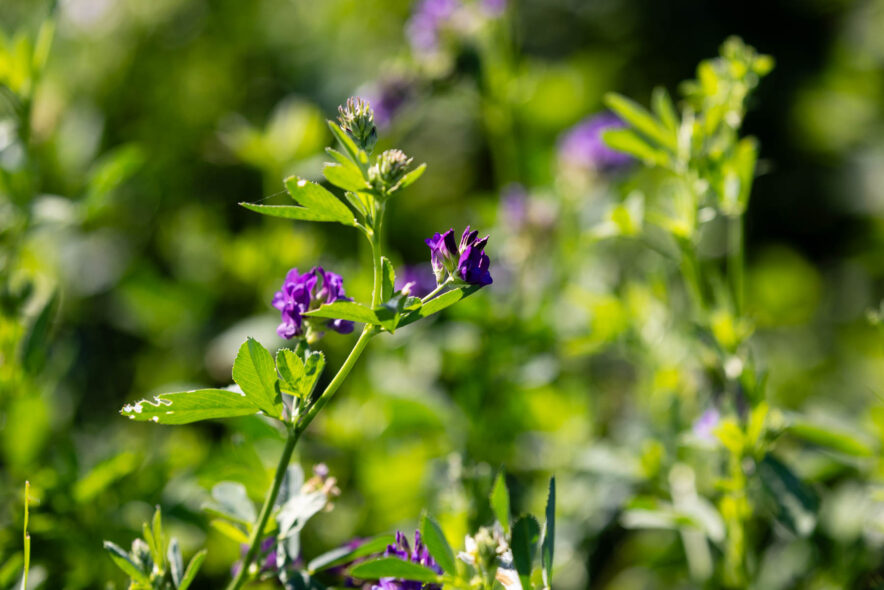
On Phillips’ second farm, he participates in the U.S. Department of Agriculture’s Conservation Reserve Enhancement Program. This program compensates landowners for keeping some land as forest, meadow and other habitat critical to wildlife. On this property, Phillips is also working to put acres of farmland into a conservation easement to permanently protect it from development.
The Alliance for the Shenandoah Valley recently launched a partnership with the Natural Resources Conservation Service (NRCS), the Regional Conservation Partnership Program, to fund easements and conservation projects on farms. Phillips’ farm is one of the first to be entered into the easement program.
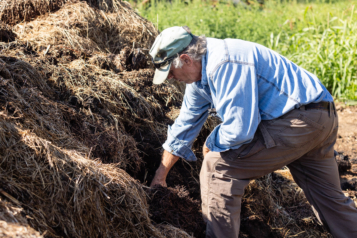
“The Regional Conservation Partnership Program is an efficient way to tackle multiple land conservation projects at once, maximizing time, money and resources,” Tate said.
The Alliance for the Shenandoah Valley also uses funds from the National Fish and Wildlife Foundation’s Innovative Nutrient and Sediment Reduction Grant Program to do conservation work on farms, with the ultimate goal of reducing runoff to the Chesapeake Bay.
As is the case across much of the Chesapeake Bay watershed, farms in the Shenandoah Valley are being lost to housing development, commercial buildings, solar farms, data centers and other developments. On average, when natural land is turned into roads, parking lots and buildings, there will be higher amounts of sediment and nutrient runoff to local waterways, not to mention the loss of wildlife habitat and food production.
This is not a change that Phillips wants to see happen. Even though he and his wife don’t have children, Phillips wants to hand down their two farms to someone who can continue to steward the land. It goes back to Phillips’ strong sense of legacy. Each time the family hands down the farm, it seems to become healthier and more resilient.
“I want to see the farm go forward not ever backward," Phillips said.

Comments
This article is a balm in these times, that someone is living a life of true husbandry and stewardship. I hope his vision is rewarded.
Thank you!
Your comment has been received. Before it can be published, the comment will be reviewed by our team to ensure it adheres with our rules of engagement.
Back to recent stories